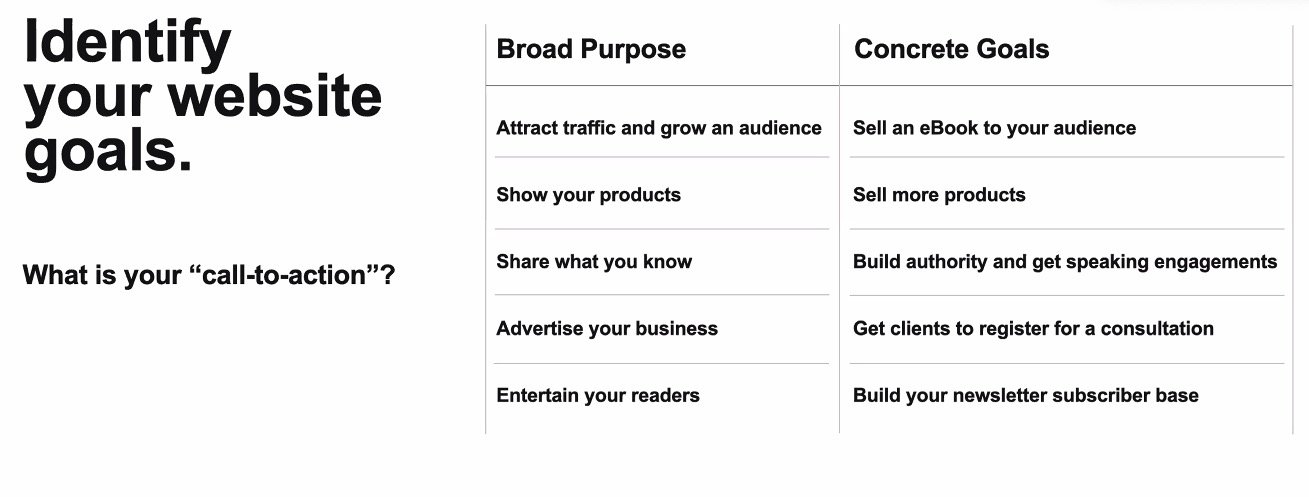How Long do Patients Stay at Your Direct Primary Care Practice?
This week, we had a great question from one of our business analysts about the length of membership at Plum Health DPC. He wanted to know how long patients stay with our practice?
This is a difficult question to answer as our relationships with patients are ongoing - people are signing up with us this month who may stay with us for months or years or decades. We don’t know what these relationships will look like as they are just beginning.
However, we have been practicing at Plum health for the last 5 years and 8 months, so we have a pretty good idea of what to expect.
Ongoing members vs Members who have joined and left
There is some nuance to this conversation - and it starts with two distinct groups. You have to think about the members who are still with us and the members who have joined and left our practice as two distinct groups.
Our Plum Health DPC practice has had a total of 2,499 patients enroll in our practice and we currently have 1,150 active members.
Members who have joined and left
The average length of membership for a patient that has joined and left is 10.24 months. This feels about right for me as a physician. A lot of the folks who enroll with us are in between jobs, or in between cities, or making a career transition, or they’re not satisfied with the care that they’re getting from another health care system. They join our practice as a stop gap between insurance coverages, or they join our practice for us to help them through a rough psychological or physiological or medical transition where they may need more care than typical.
After about 10 months of care, they’ve moved on to the next thing. This is an important piece of information for our business because it helps us to inform our price point. If our average price point is $60 per member per month, then we typically make $600 per member who enrolls in our service.
ongoing members or currently active members
The average length of membership for a patient that has joined and is still active or still currently a member of our practice is 24.69 months. This is amazing - at Plum Health, we love taking care of our patients for the long term.
This information is helpful, because it can continue to inform our price point going forward. The two pieces of data above help us calculate the value of each new patient that enrolls in our practice.
Why does this information matter?
The next piece of data to look at would be how many appointments and chart interactions, or about how much time our doctors spend with each patient, to calculate the value per hour for each physician’s time and effort.
From the Patient’s perspective
Most patients who enroll in our service perform the mental math in their head. They might say to themselves, “if I enroll in this service at $60 per month, and I plan to stay with Plum Health for 1 year, I will spend about $720.”
The second part of that conversation is something like, “in order for my insurance to kick in, I need to spend $7,000 (my deductible) on my own health care before my insurance pays for any of my health care expenses, so paying about 10% of that amount or $720 to Plum Health for unlimited primary care is a good deal.”
Or, if the patient is uninsured, they may say “I have no health insurance, and paying $720 a year to Plum Health to keep me out of the hospital or the emergency department or the urgent care is well worth it for me.”
Closing thoughts
I hope that this blog post is helpful for you as you start and grow your own direct primary care practice. This is an important model for our health care system here in the United States as direct primary care doctors tend to help folks who are left out by the traditional fee-for-service system.
Understanding how long patients typically use your service is invaluable. Understanding the lifetime value of the patients who uses your practice is also invaluable. These numbers will give you an idea of what you can expect in your direct primary care practice. The caveat is that our patient population at Plum Health DPC in Detroit may be younger and more mobile than other direct primary care practices.
Thanks for reading and have a great day,
-Paul Thomas MD with Plum Health DPC
Did you enjoy this blog post? If so, read more of Dr. Paul Thomas’ thoughts on Direct Primary Care in the Startup DPC book, and watch more videos about direct primary care in the Startup DPC courses!


